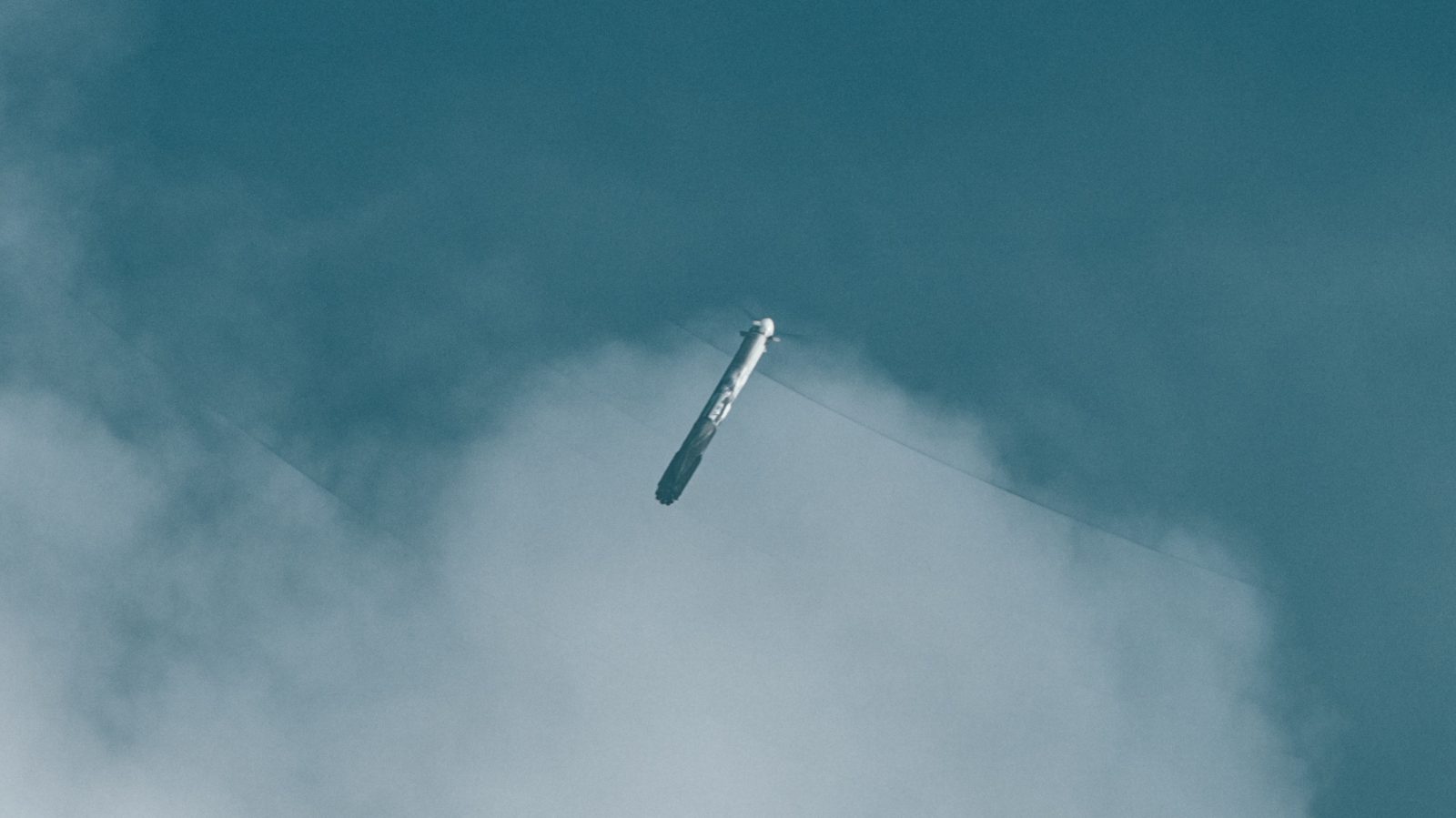
Three years after its last flight, SpaceX’s Falcon Heavy has returned to flight on this cloudy Florida morning. The primary payload of this launch is the classified USSF-44 satellite, with two other satellites co-manifested. The launch occurred on November 1 at 9:41 a.m. Eastern Time, successfully delivering the satellites to their targeted geosynchronous orbit.
The Falcon Heavy can launch the heaviest payloads of any currently operational rocket, beating out even ULA’s Delta IV Heavy. In the coming months (hopefully), however, Starship Super Heavy and SLS will take its place. Falcon Heavy first flew in February of 2018, deploying a Tesla Roadster and Starman manikin into orbit around the sun. This launch featured the popular moment where two Falcon boosters landed simultaneously at SpaceX’s landing pads. Since then, the Falcon Heavy has only flown two other flights before today’s flight. Those were the launch of Arabsat-6A in April 2019, and the launch of the United States Air Force’s STP-2 mission in June 2019. That flight supported the USAF National Security Space Launch certification process. It also launched many other satellites, such as LightSail-2, GPIM, OTB, 6 COSMIC-2 satellites, Oculus-ASR, Prox-1, and the USAF’s ISAT satellite.
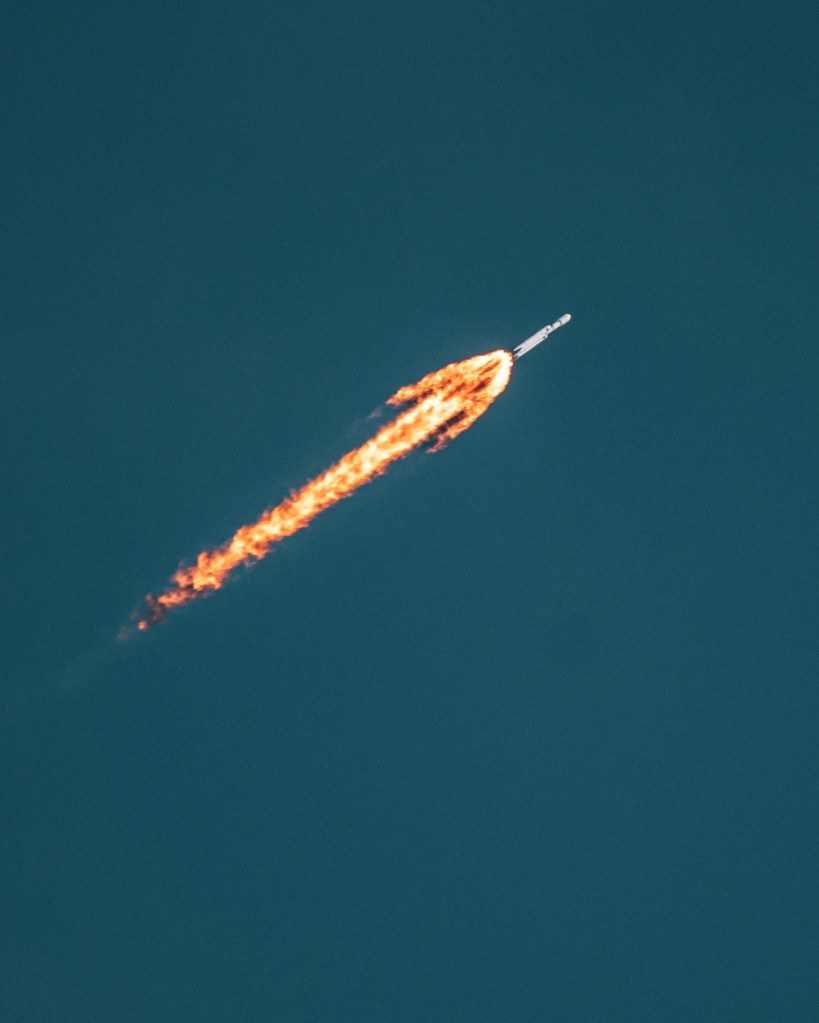
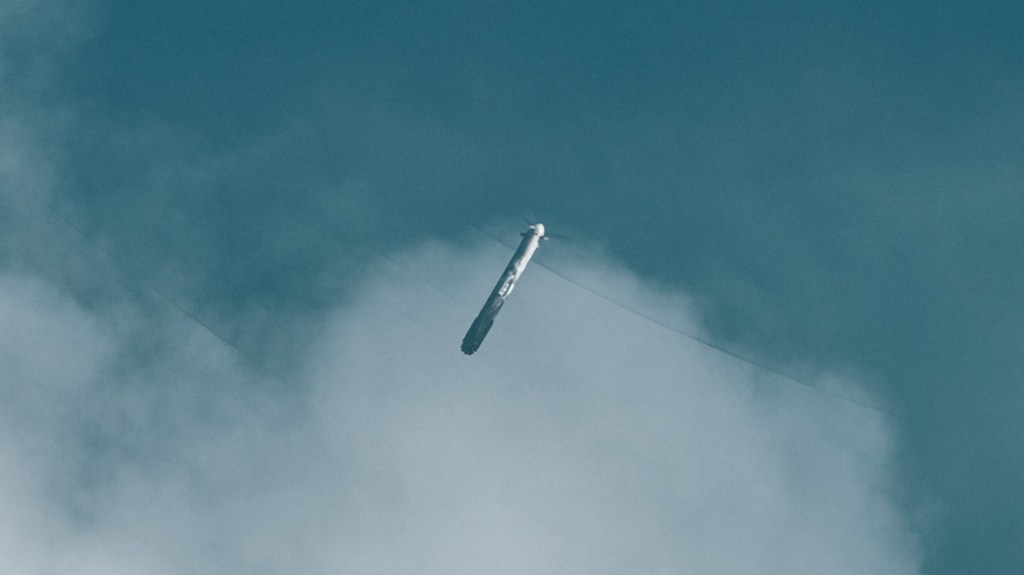
The Falcon Heavy vehicle has the capability to land all three boosters for reuse, however, this mission was the first to intentionally expend the center core booster for additional performance. As a result, this flight’s core stage lacked landing legs and grid fins which would be used to land the booster. Over the three previous flights of Falcon Heavy, none have successfully recovered the center core booster. The maiden launch impacted the ocean as the engines were unable to relight for landing. The launch of Arabsat-6A was able to land the booster, however, the booster was tipped over by “eight to ten-foot swells,” according to a SpaceX spokesperson. Normally a robot known as the “octograbber” would position itself under a booster and secure it, however, the Falcon Heavy core was incompatible with the robot’s securing points, preventing it from being used. As a result of the swells, the booster was tipped over in transit back to Cape Canaveral and was lost. The following mission, USAF STP-2, also impacted the ocean like the 1st launch, with reports that the stage missed the drone ship it was intended to land on.
A unique addition to Falcon Heavy for this mission is the gray band along the upper stage of the vehicle. This change was made to allow more sunlight to be absorbed to warm the kerosene rocket fuel. The concern is that the kerosene fuel could begin to freeze during the long coast between burns, and as a result, become a slushy mixture fuel in both a liquid and solid state. The fuel partially freezing could prevent the upper stage’s Merlin vacuum engine from reigniting or otherwise damaging the engine.
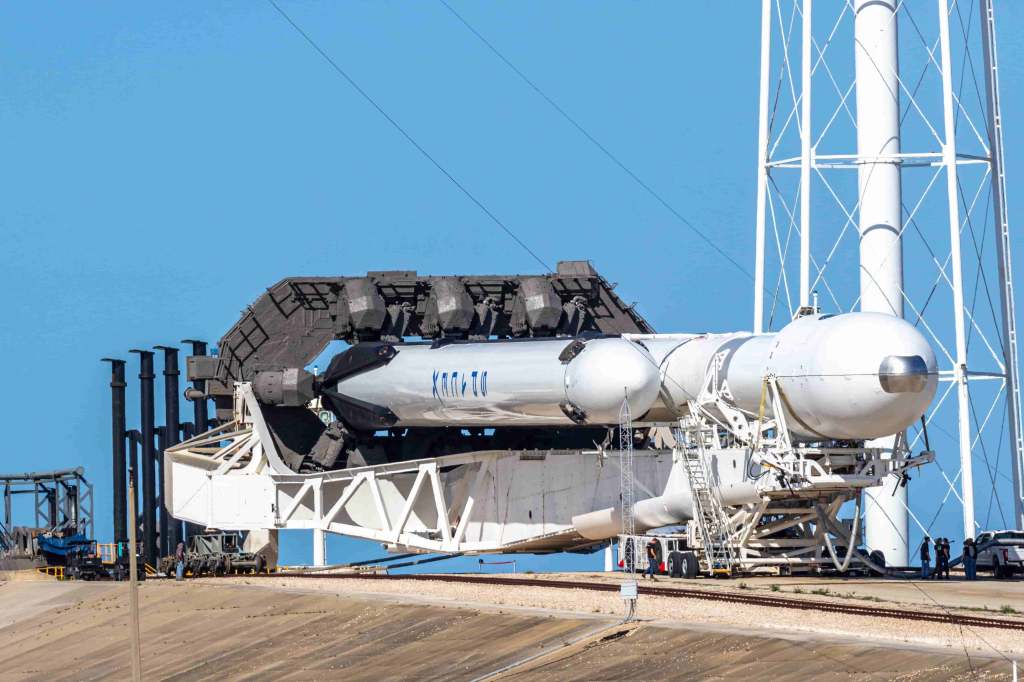
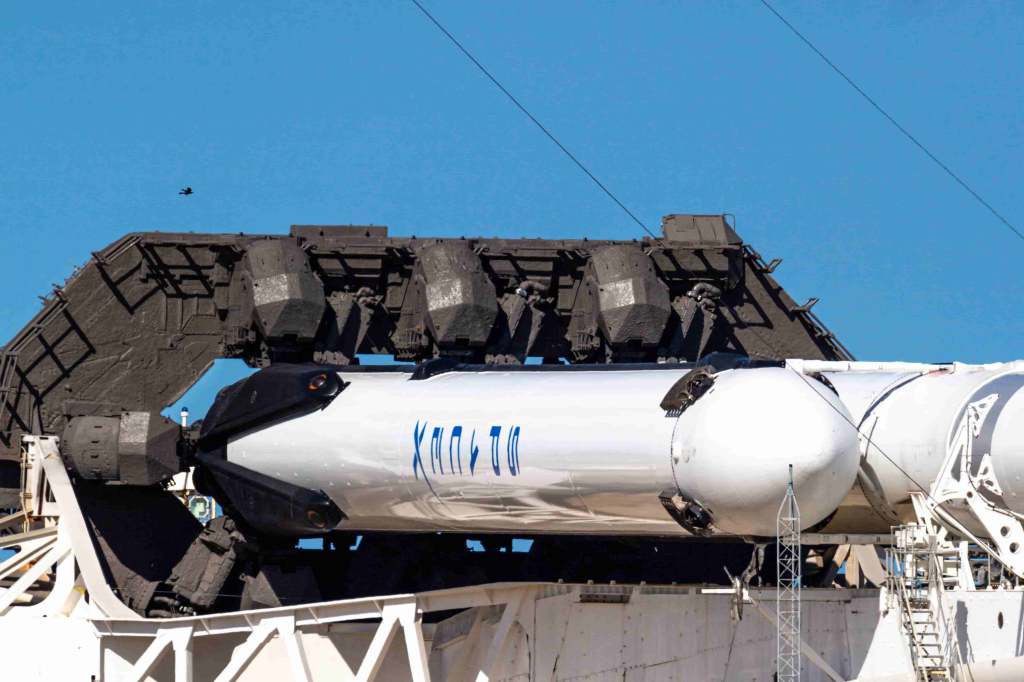
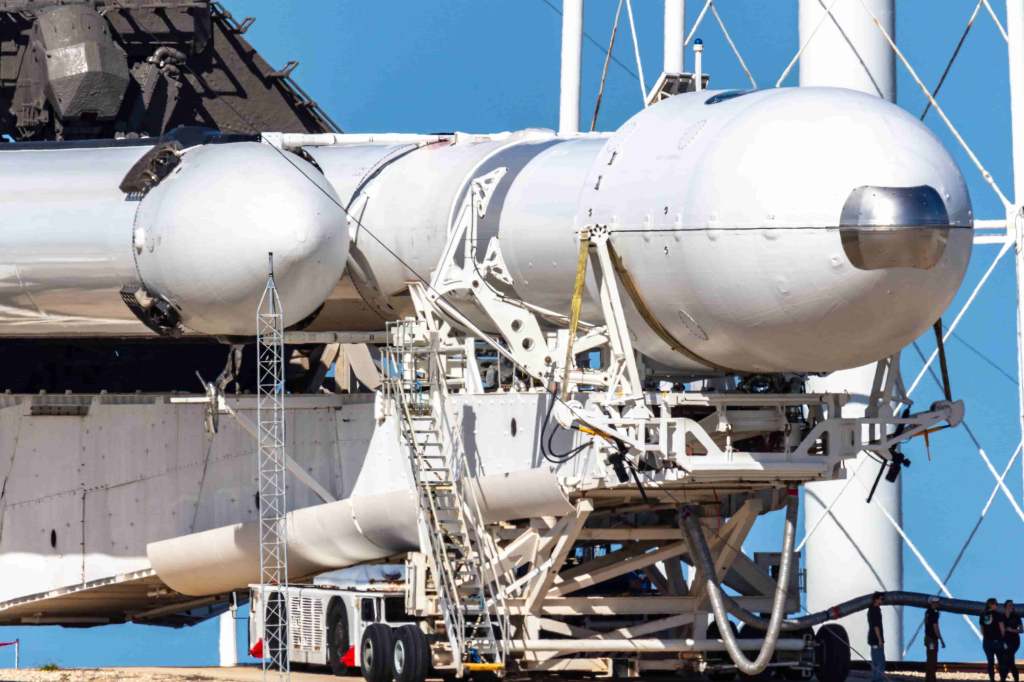
The next upcoming mission for Falcon Heavy is Viasat-3, with the Arcturus satellite co-manifested, currently planned for December 2022.
FTC: We use income earning auto affiliate links. More.

Comments